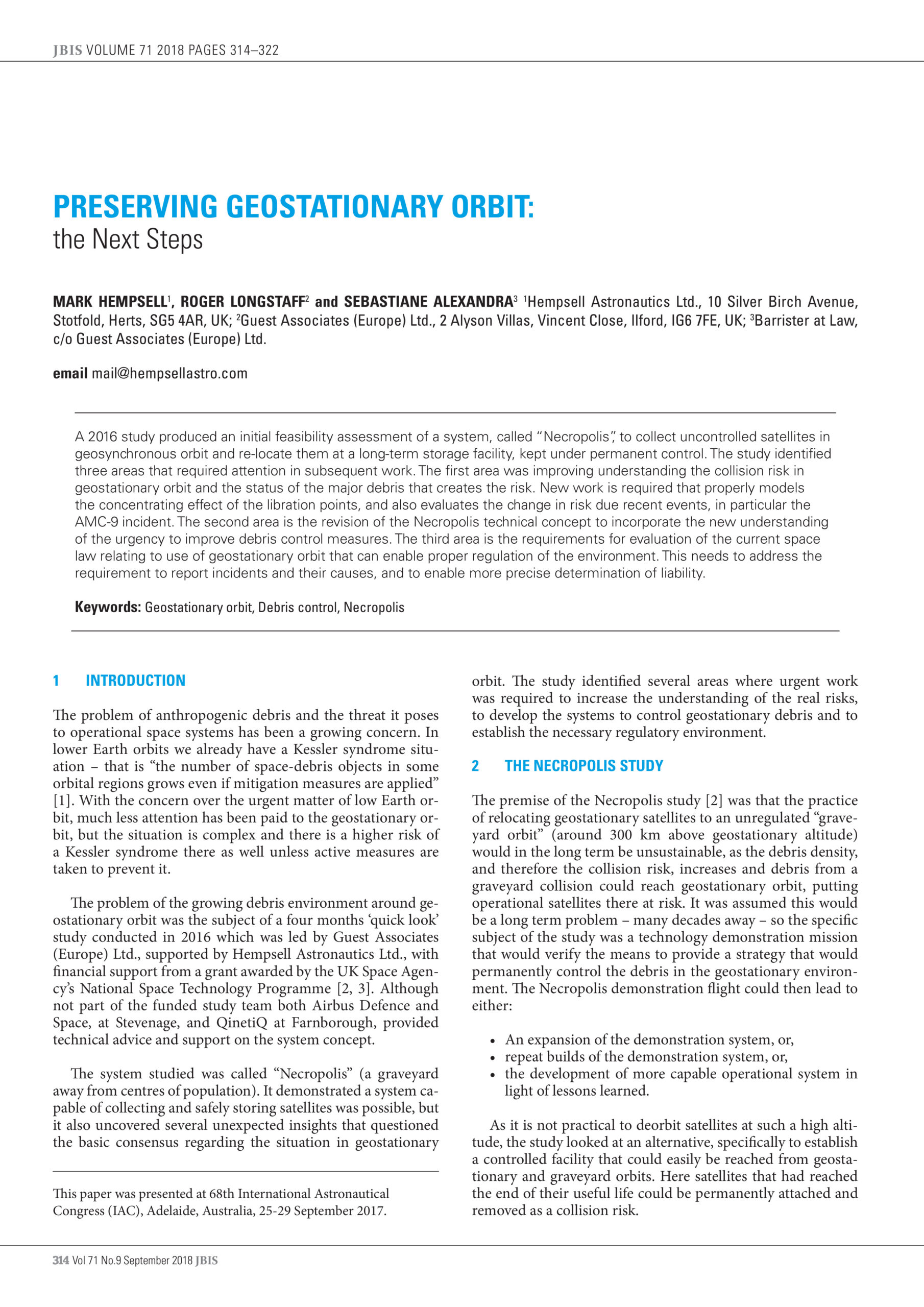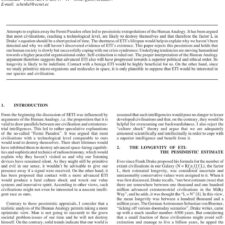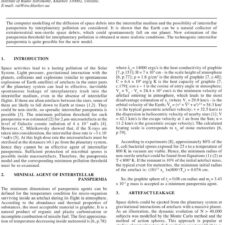Preserving Geostationary Orbit: The Next Steps
£0.00
M. Hempsell et al. (2018), JBIS, 71, pp.314-322
Refcode: 2018.71.314
Keywords: Geostationary orbit, Debris control, Necropolis
Abstract:
A 2016 study produced an initial feasibility assessment of a system, called “Necropolis” , to collect uncontrolled satellites in geosynchronous orbit and re-locate them at a long-term storage facility, kept under permanent control. The study identified three areas that required attention in subsequent work. The first area was improving understanding the collision risk in geostationary orbit and the status of the major debris that creates the risk. New work is required that properly models the concentrating effect of the libration points, and also evaluates the change in risk due recent events, in particular the AMC-9 incident. The second area is the revision of the Necropolis technical concept to incorporate the new understanding of the urgency to improve debris control measures. The third area is the requirements for evaluation of the current space law relating to use of geostationary orbit that can enable proper regulation of the environment. This needs to address the requirement to report incidents and their causes, and to enable more precise determination of liability.





